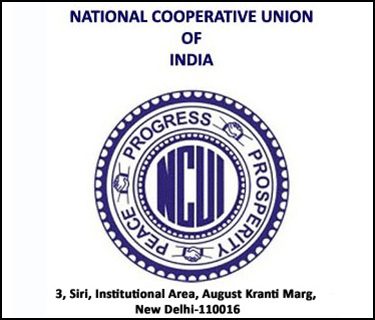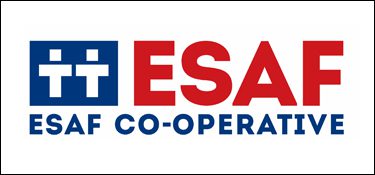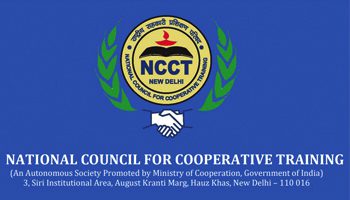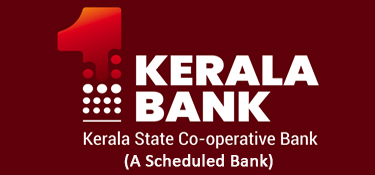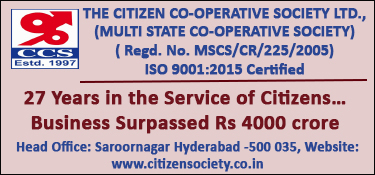By Paras Nath Chaudhary
Now-a-days the Spanish cooperative model otherwise known as the Mondragon model seems to have caught the attention of intellectuals especially left liberals around the world. The failure of communism and the decreasing ability of capitalism to address the world’s pressing problems have combined to backdrop this sudden rise in interest in the Spanish model.
The argument is in view of the equal irrelevance of these two grand systems, a simple alternative option needs to be devised. Needless to say, the option has to be such as to be free from the deficiencies of both communism and capitalism. Interestingly enough, the agitated intellectuals have seen a ray of hope in the Mondragon cooperative model.
According to them, the model not only weathered many a crisis including Franco’s political dictatorship but also globalization with the crassest possible capitalist calculations. Over the years, the model has also shown a remarkable potential to blend prosperity and equality through its multiple business activities. It is this blend of wealth creation and equitable distribution that makes it such an attractive alternative.
However, the development underlines a fundamental ideological shift among intellectuals- choosing the simplest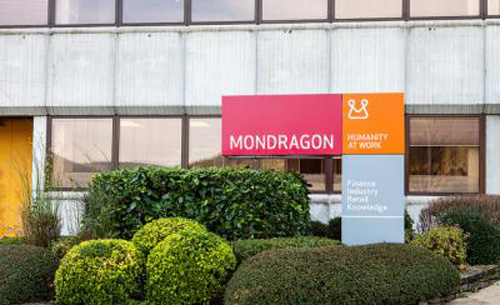

There are reports that a section of Indian Marxist intellectuals including some social scientists at JNU have taken a fancy to the Spanish model. Some of them have even written long pieces extolling the virtues of the model.
A few facts about the model: Mondragon is a small town in the Basque region of Spain. The name of the model derives from the name of the town, The Mondragon cooperative is one of the largest cooperatives in the world. It employs nearly a lakh people and about 120 cooperative units compose its empire. It is jointly run by representatives of consumer members and employee members.
The cooperative is committed to solidarity and democratic principle for its organization and management. Its employees make a financial investment in their business which is deducted from their salary over three to five years. The membership profits paid to members are retained in the cooperative which is distributed only at retirement or if a member leaves the organization.
Apart from being involved in most modern industrial activities, the Mondragon has set up schools and universities which are mainly run by cooperatives. These educational institutions produce countless graduates and technically trained people who invariably get absorbed in the Mondragon businesses.
In conclusion, the Mondragon deserves a serious consideration as a tried and tested model that has proved to be both sustainable and effective over a long period of time.













